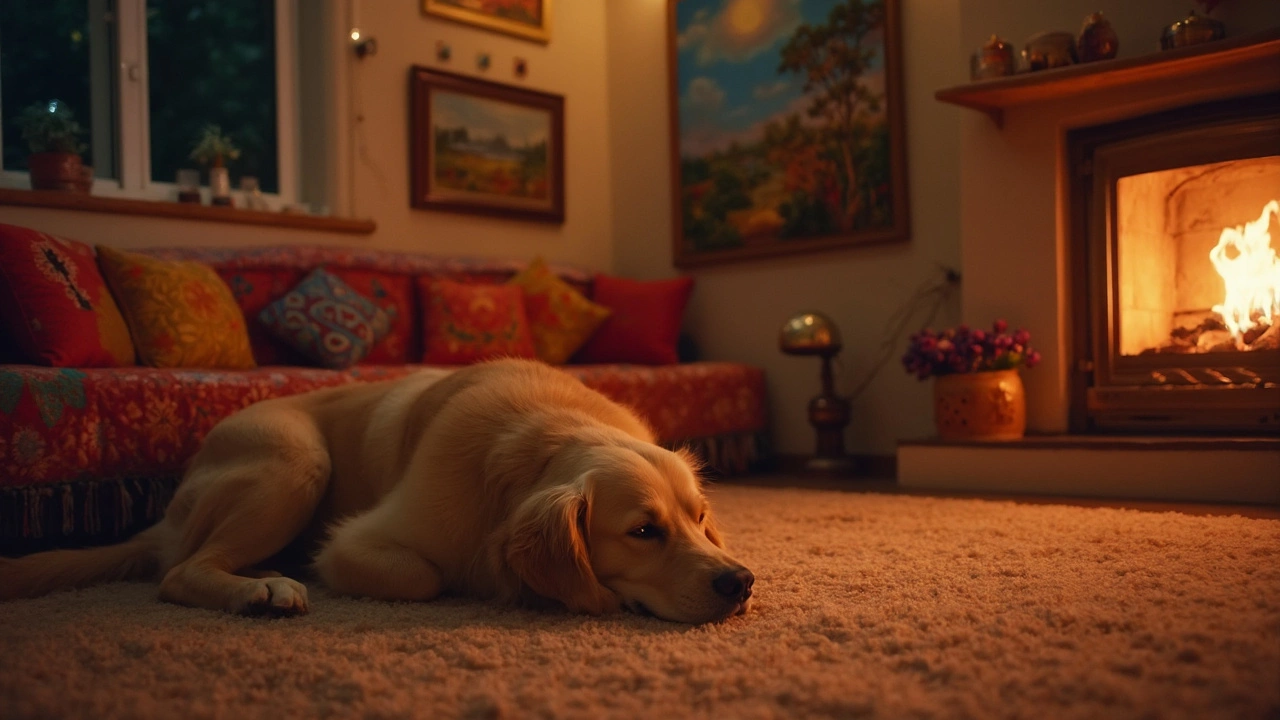Sleeping Tips for Dogs – Simple Ways to Help Your Pup Rest Better
Ever noticed your dog snoring, thrashing, or waking up at odd hours? It’s not just cute – it’s a sign they need a better sleep plan. Good sleep keeps your dog happy, healthy, and less likely to act out. Below are easy steps you can take right now to improve your dog’s sleep, plus a quick look at why they love to curl up next to you.
Why Dogs Love to Sleep Near You
Dogs are pack animals. In the wild, they slept close to the leader for safety and warmth. At home, you become that leader, so your dog feels protected when they’re near your bed. The scent of you, the rhythm of your breathing, and the steady heartbeat all tell your pup they’re in a safe zone.
This habit isn’t just emotional; it has real health benefits. Being close to a warm body helps regulate a dog’s temperature, especially for small or short‑haired breeds. However, if your dog hogs the whole bed, it can affect your own sleep quality. Balancing comfort for both sides is the goal.
Creating a Calm Bedtime Routine
Just like kids, dogs thrive on a predictable routine. Start with a short walk or play session about an hour before bedtime. This burns extra energy and helps your dog wind down.
Next, offer a small, protein‑rich snack. A bite of chicken or a dental chew signals it’s time to settle. Avoid heavy meals right before sleep – they can cause indigestion and restless nights.
Choose a quiet spot for your dog’s bed. A crate, a mat, or a thick pillow works if it’s away from loud appliances and drafty windows. Adding a piece of your clothing can give them your scent without letting them take over your bed.Keep lighting low. Dim lights cue the brain that it’s time to rest. If your dog is scared of the dark, a low‑glow night light works fine.
Finally, establish a simple cue word like “sleep” or “night”. Use it consistently when you’re ready for lights out. Over time, the word becomes a trigger that tells your pup it’s bedtime.
If your dog wakes up mid‑night, resist the urge to play or feed. A brief calm reassurance – a gentle pat and the cue word – is enough. Too much interaction can reinforce the waking habit.
For dogs that whine when left alone, try a “leave‑it” toy or a treat‑dispensing puzzle that occupies them for a few minutes. This gives them something to focus on while you’re out of the room.
Remember, every dog is different. Some need more exercise, while others prefer a cozy den. Pay attention to how your pup reacts to changes and adjust the routine accordingly.
With these simple steps, you’ll notice fewer midnight bark‑ins and a calmer, more rested dog. And when your pup finally settles next to you, both of you get the peace you deserve.
Got a unique sleeping trick that works for your dog? Share it in the comments and help other owners get a better night’s rest.

Should Dogs Sleep Without a Collar?
Many dog owners wonder if their furry friend should sleep with their collar on or off. This question touches on safety, comfort, and practicality aspects of pet care. Learn about the potential risks and benefits of letting your dog sleep without a collar, as well as expert tips to ensure your pet's comfort and safety. This article provides insights into the practices and recommendations that can guide you in making the best decision for your canine companion.
read more



